Manchester
We’ve been exploring concepts of live-work, local food production, and transit-oriented development in Manchester since 2007, in partnership with the University of Calgary.
In 2018, we commissioned Spectacle Bureau of Architecture and Design to create a neighbourhood plan focused on zero-waste and a circular economy. Niew Manchester, highlighted below, was the result. In 2019, we hosted an Urban Design Invitational in Manchester to develop 3-5 design schemes implementable within a few years, and that responded both to the priorities of local residents and the vision of Niew Manchester. The aim is to implement at least one of these schemes.

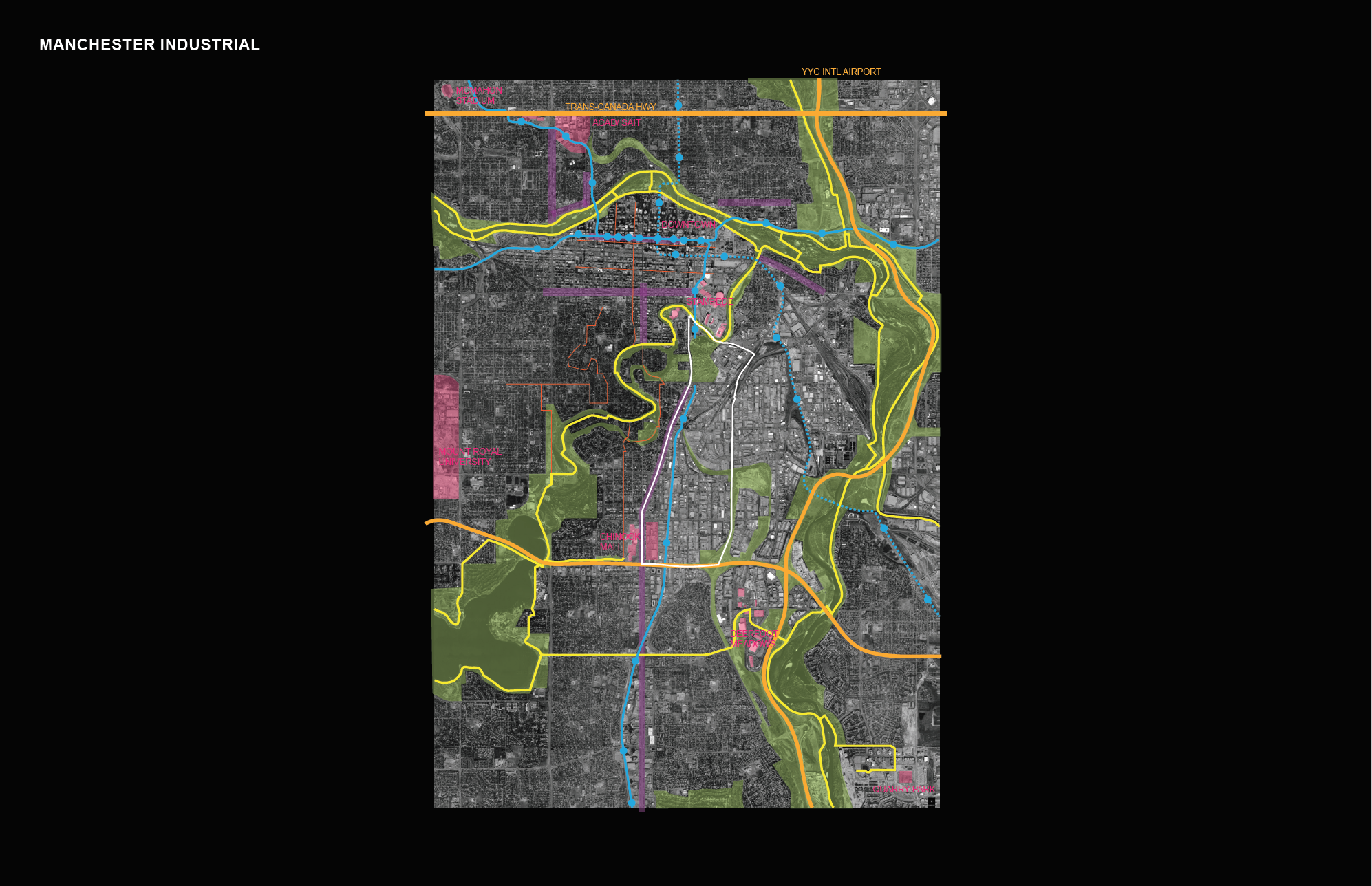
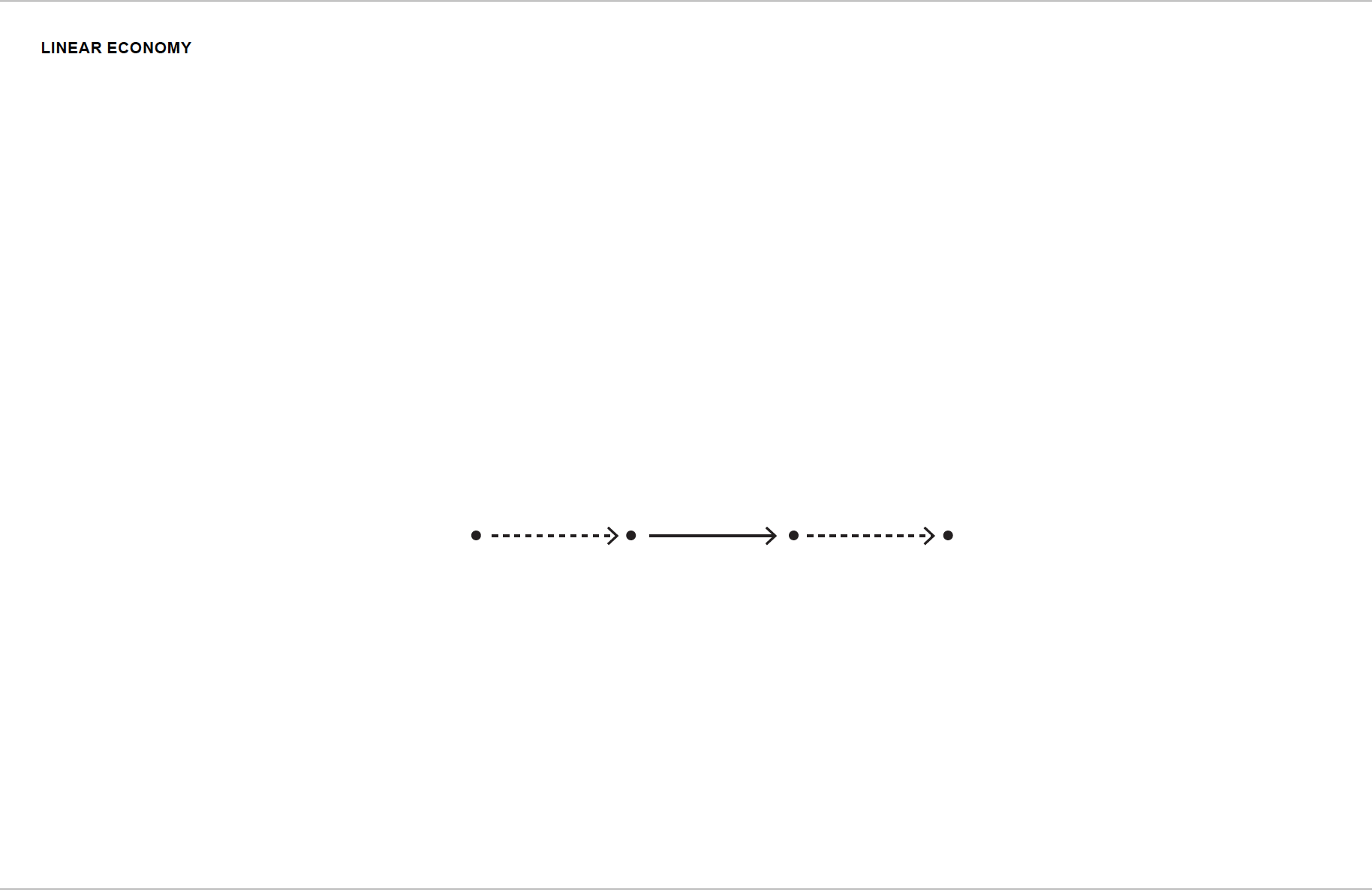

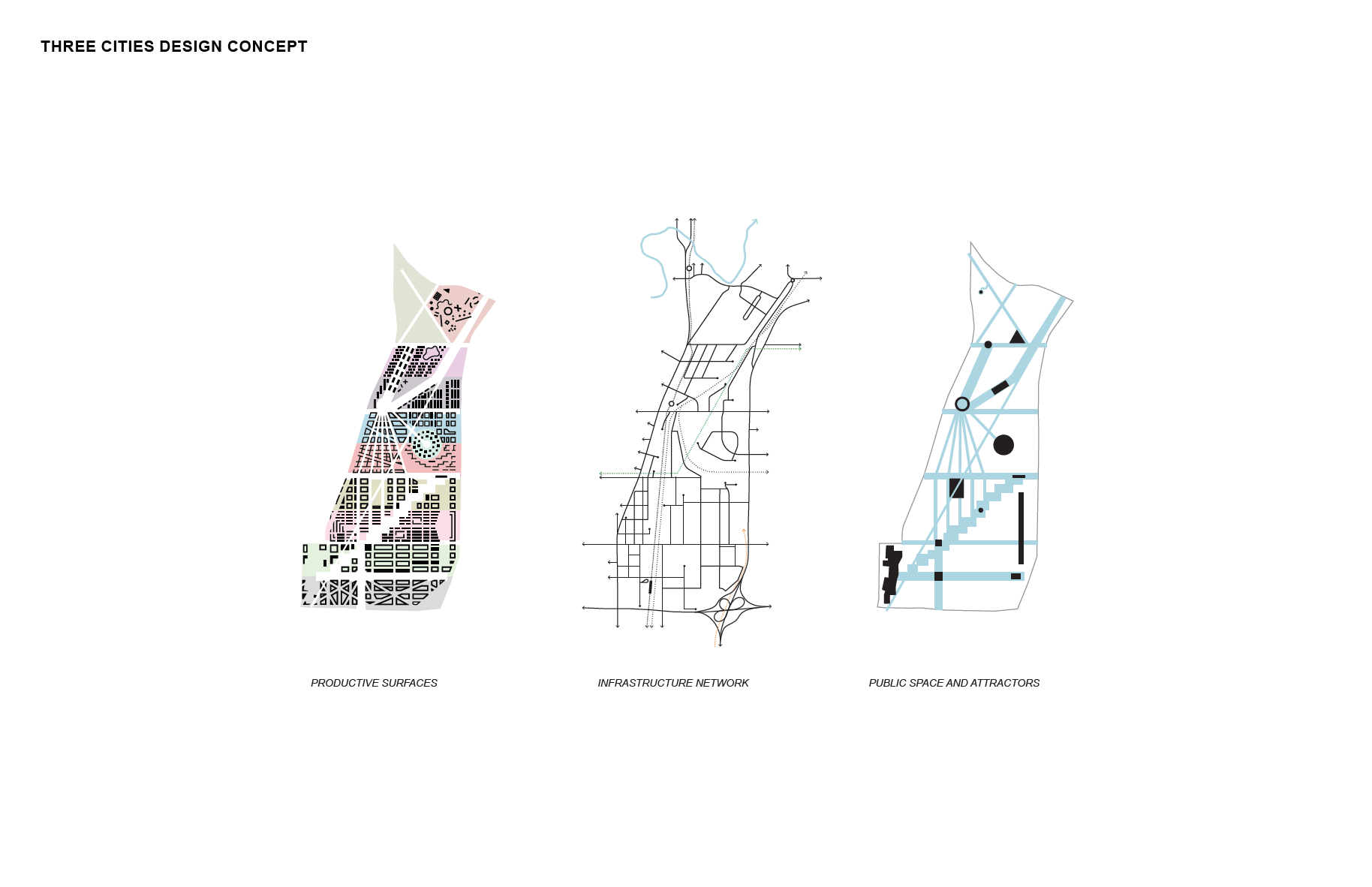
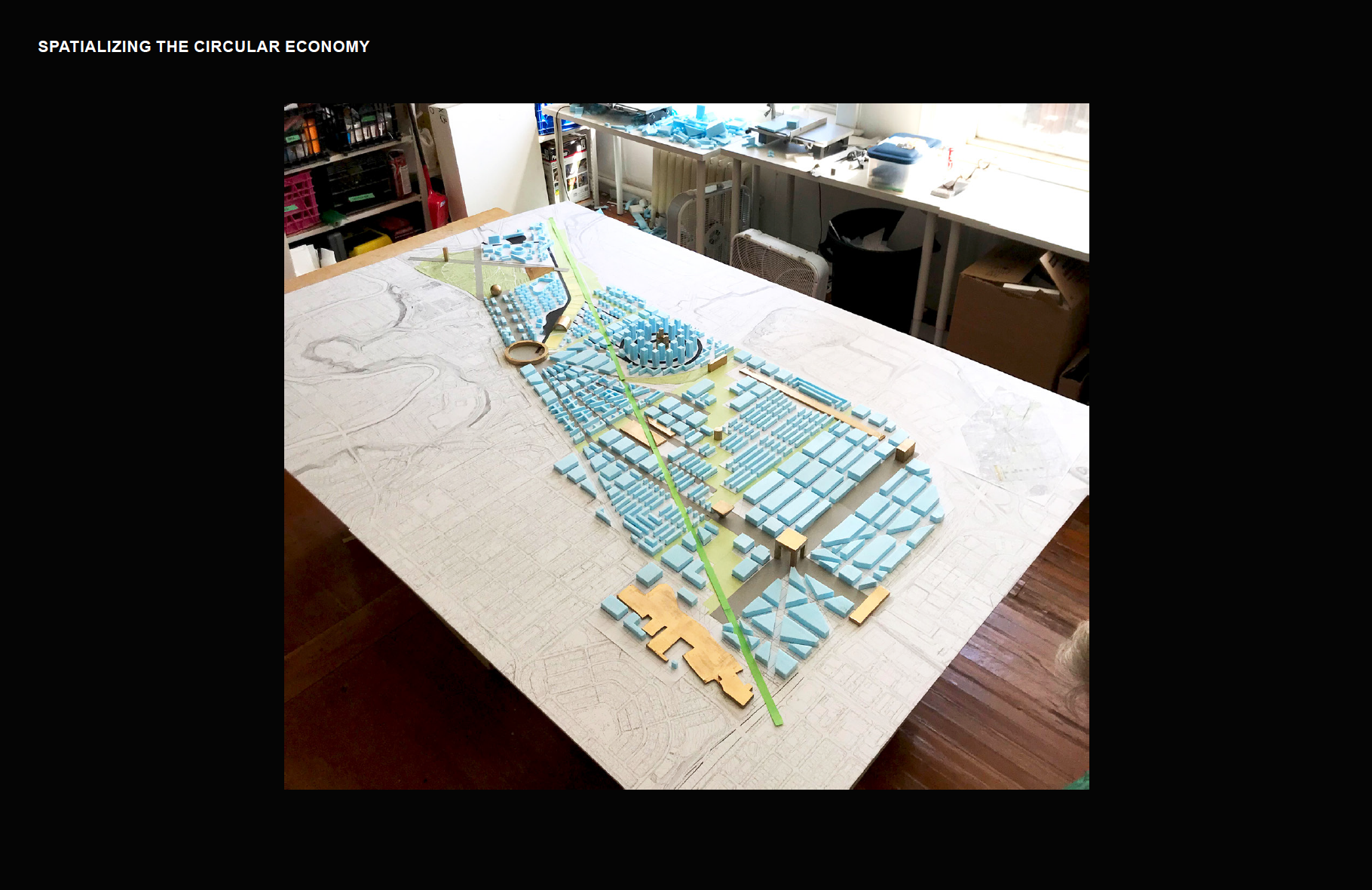
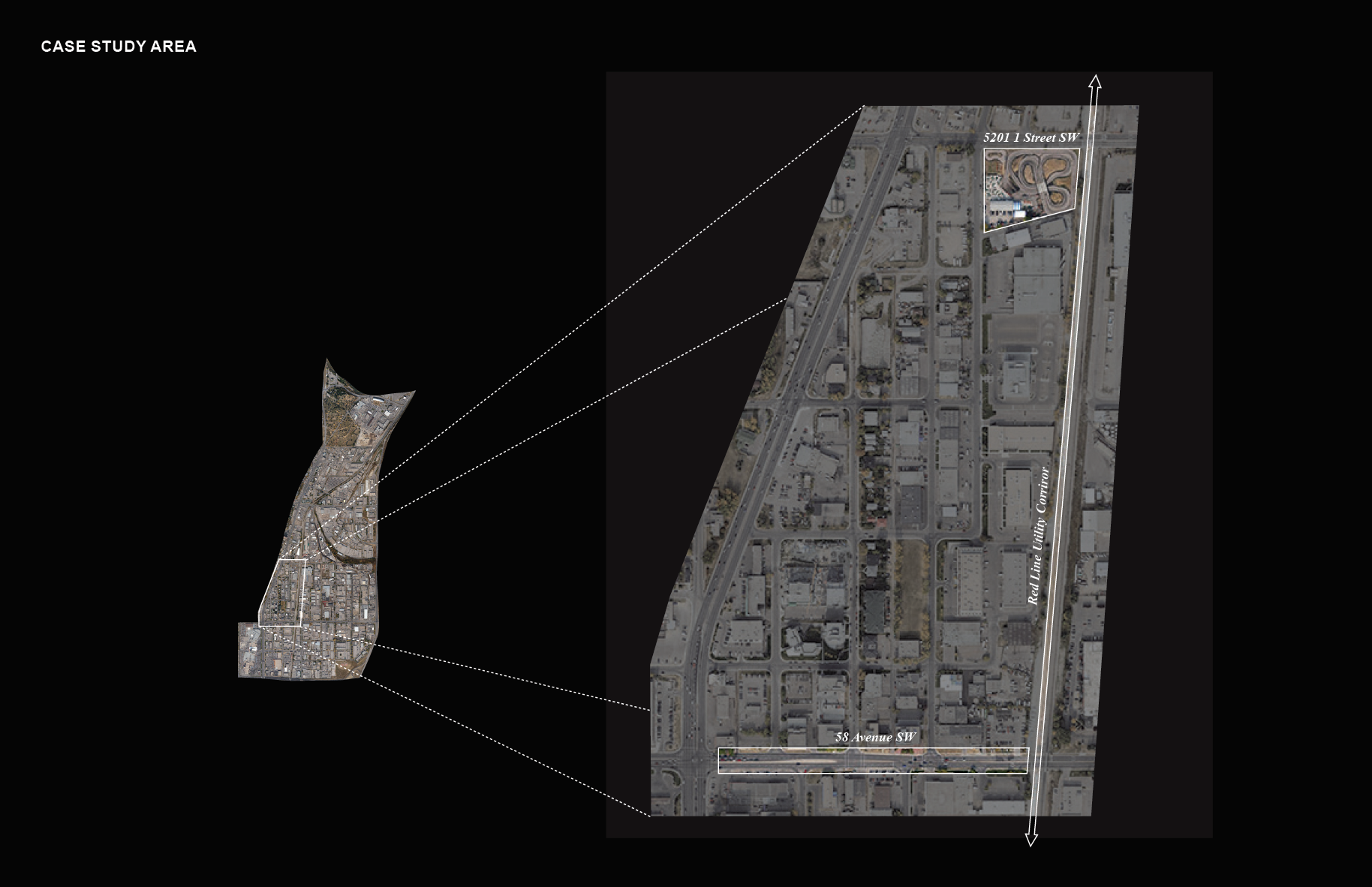

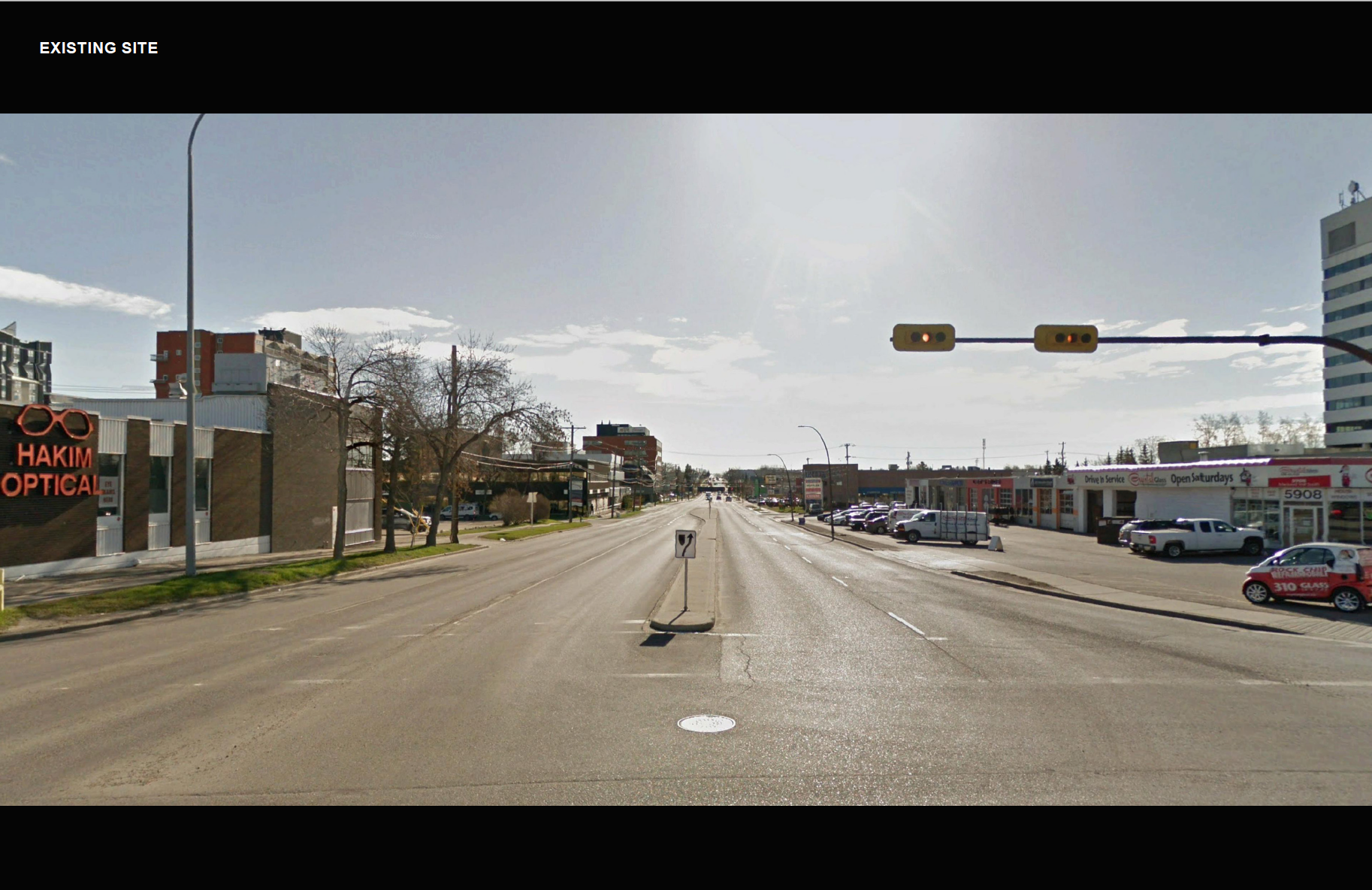
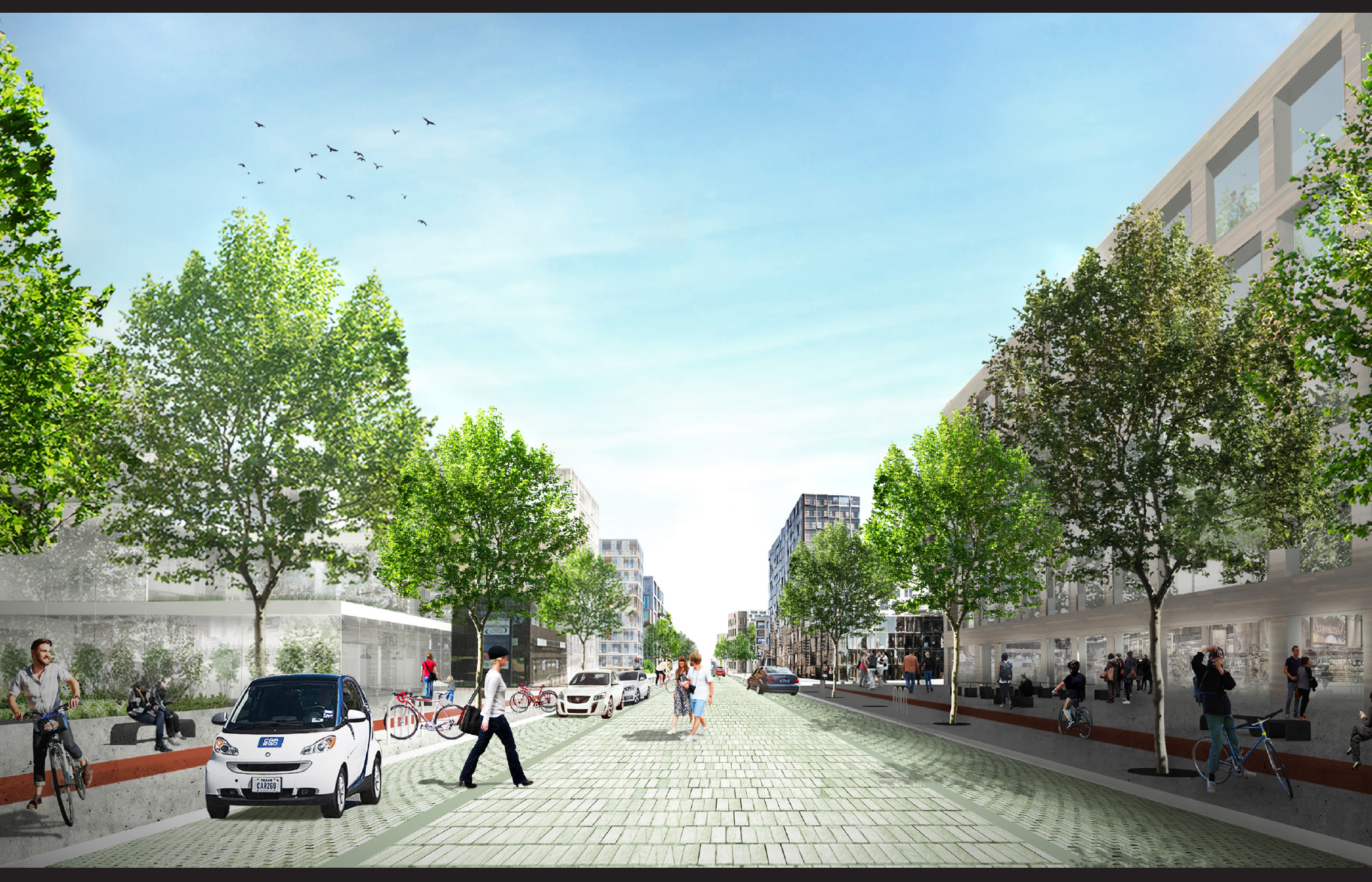
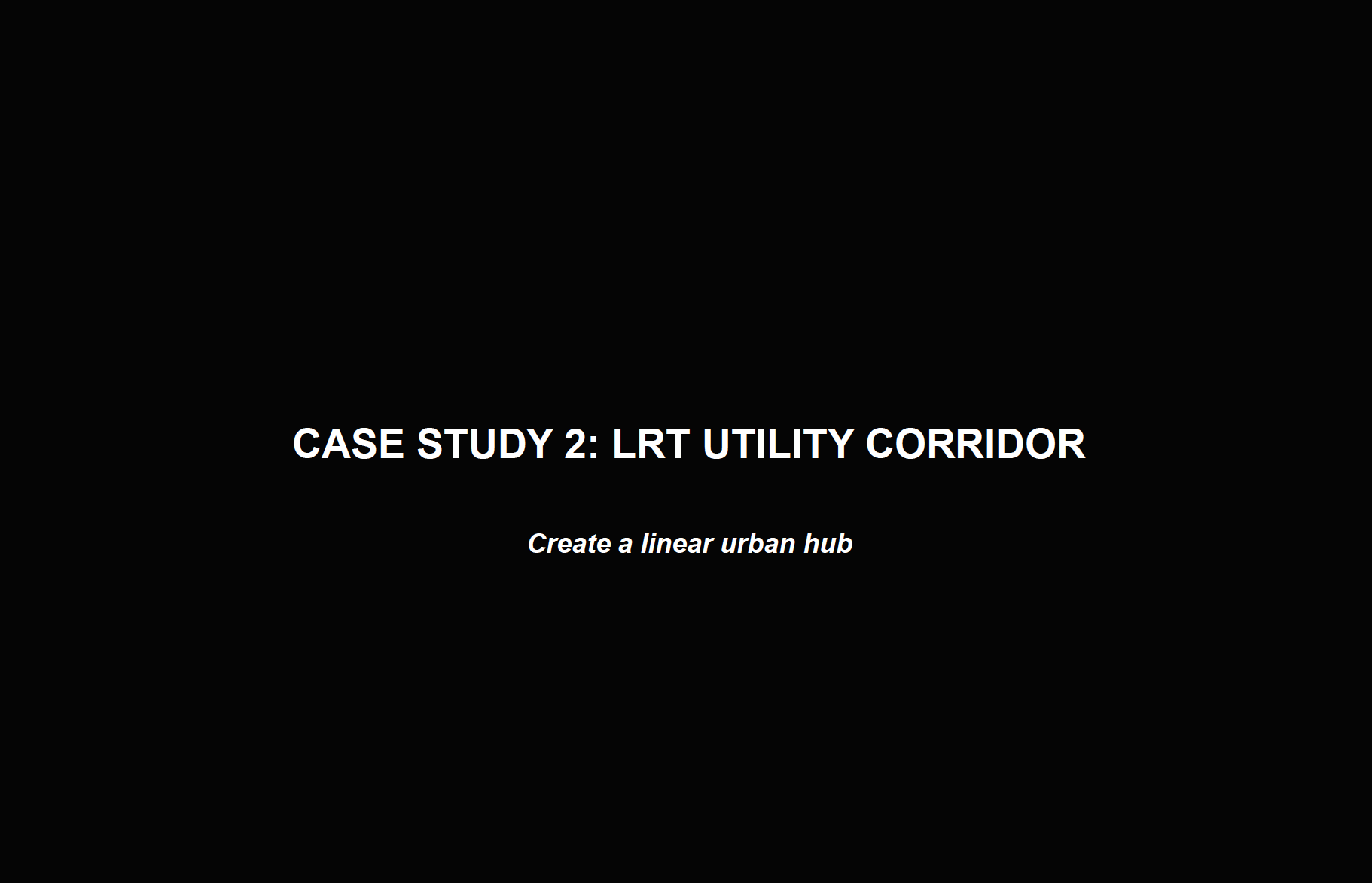
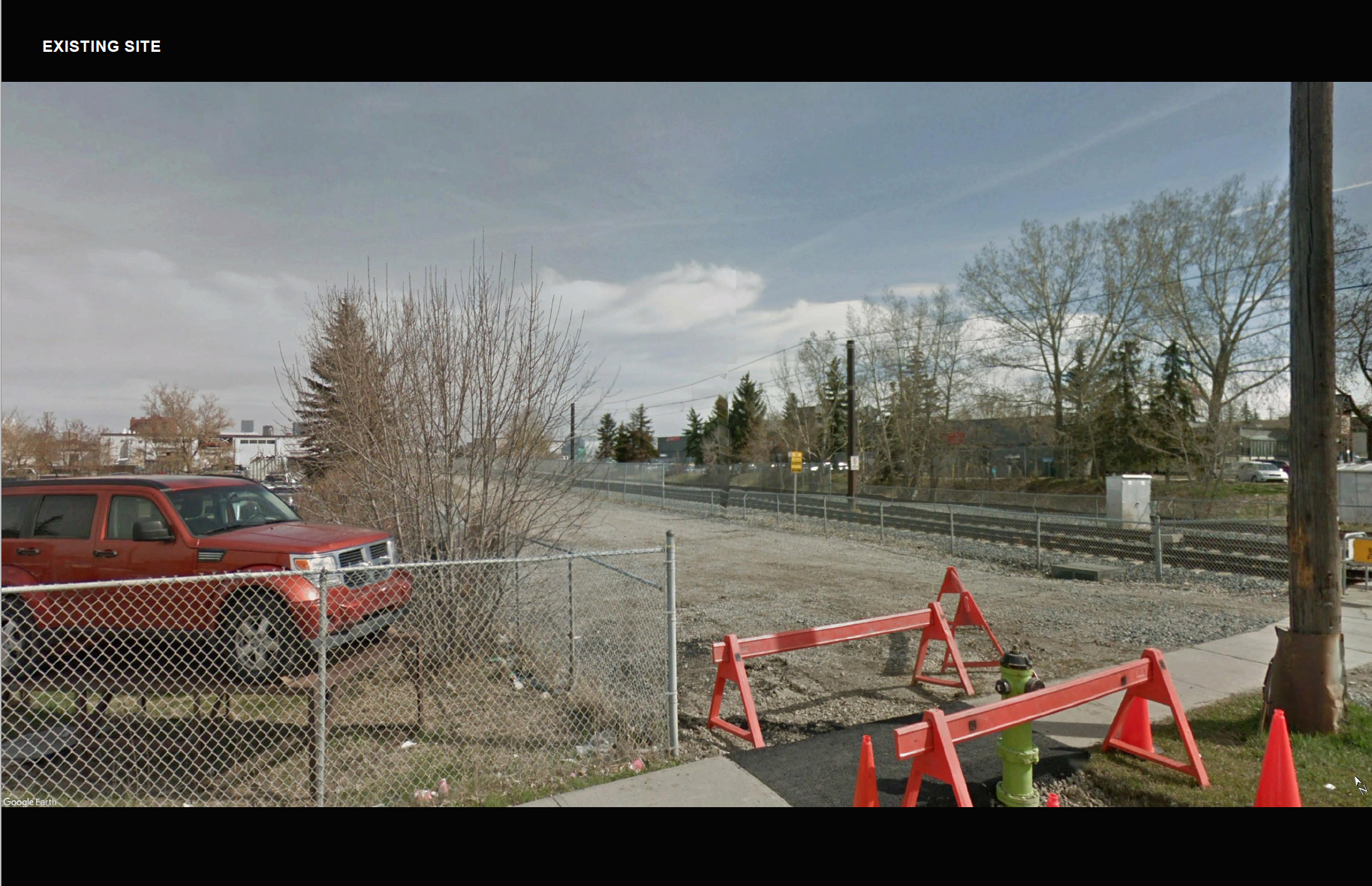
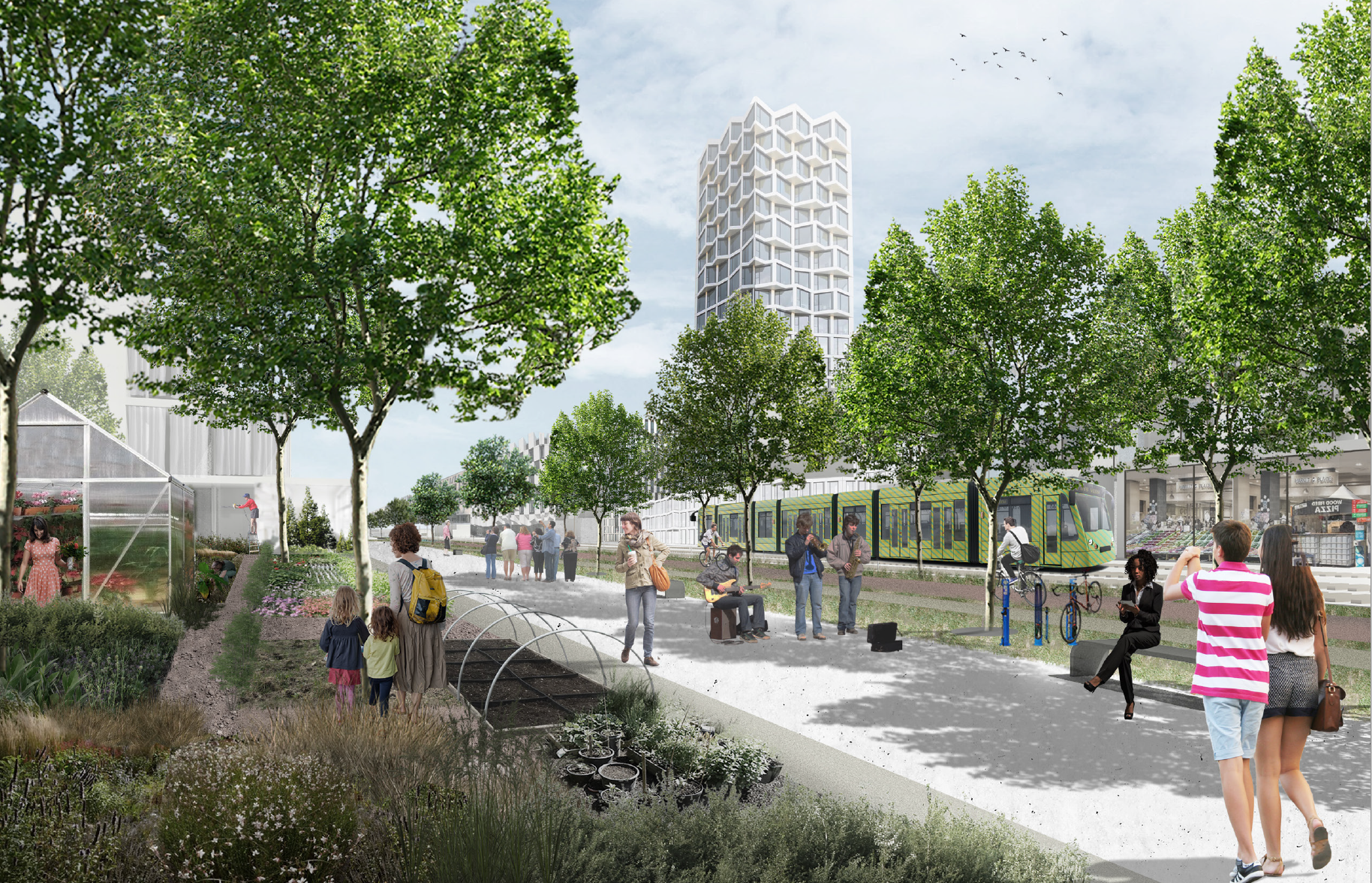
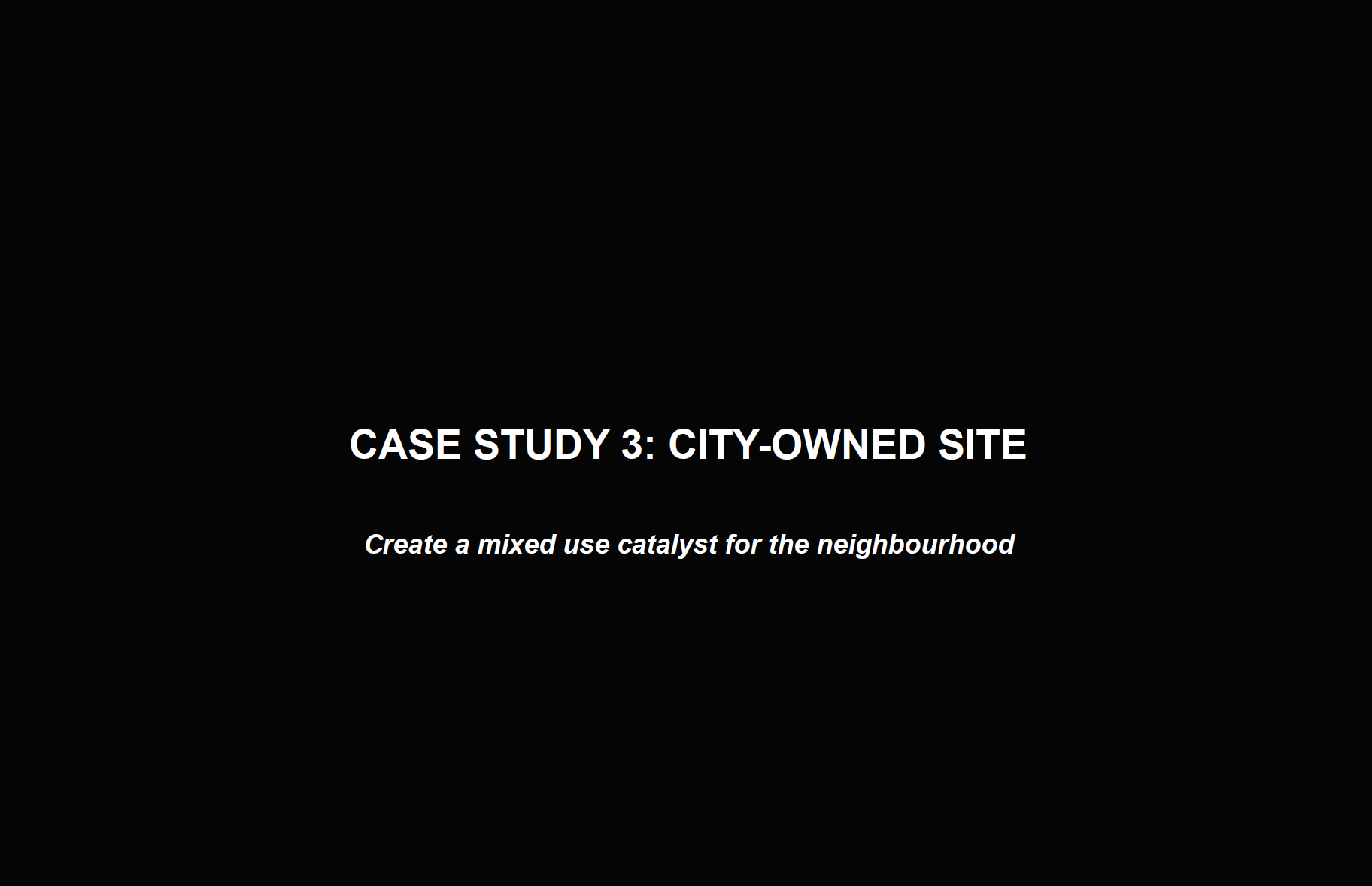
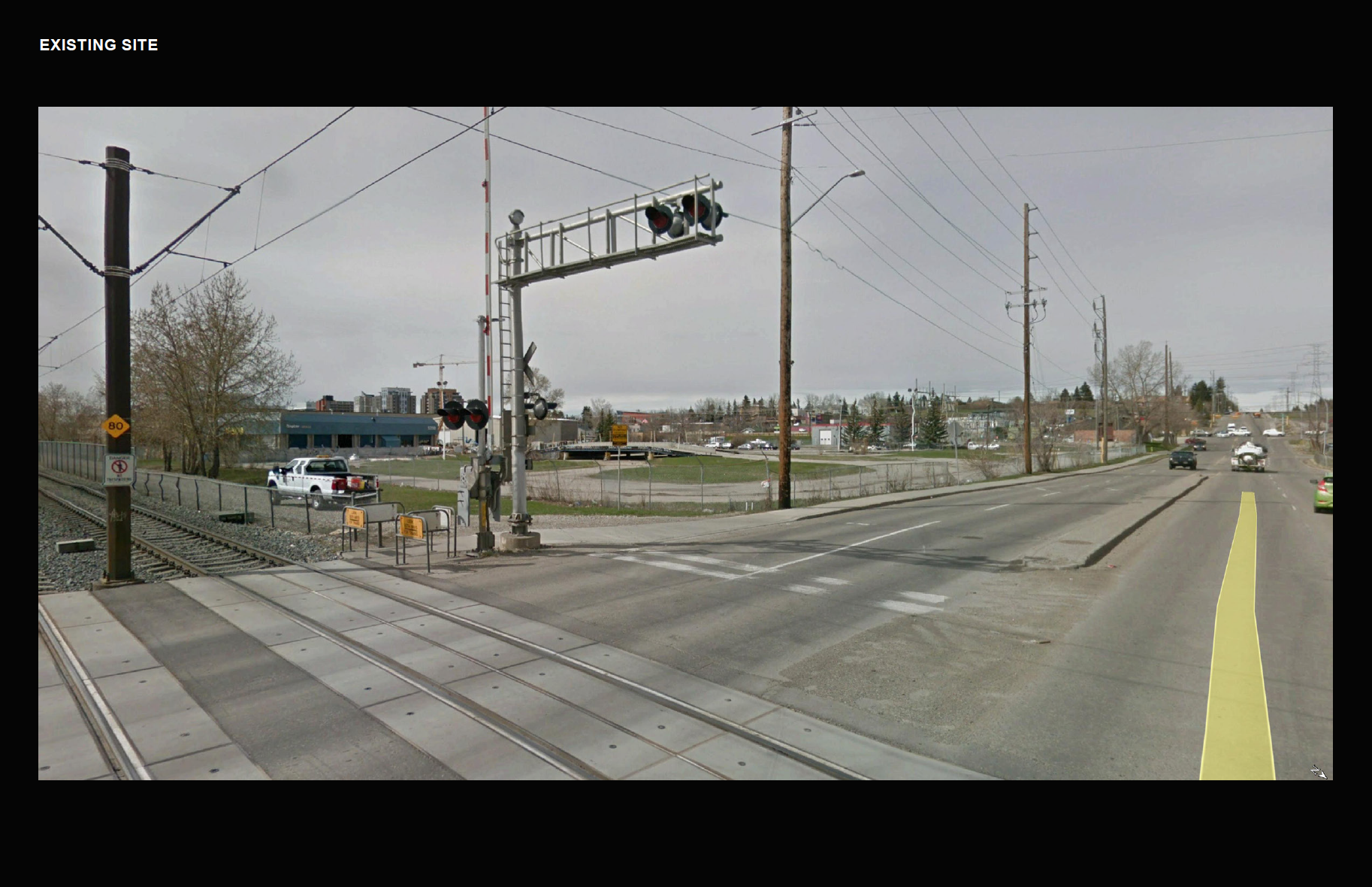
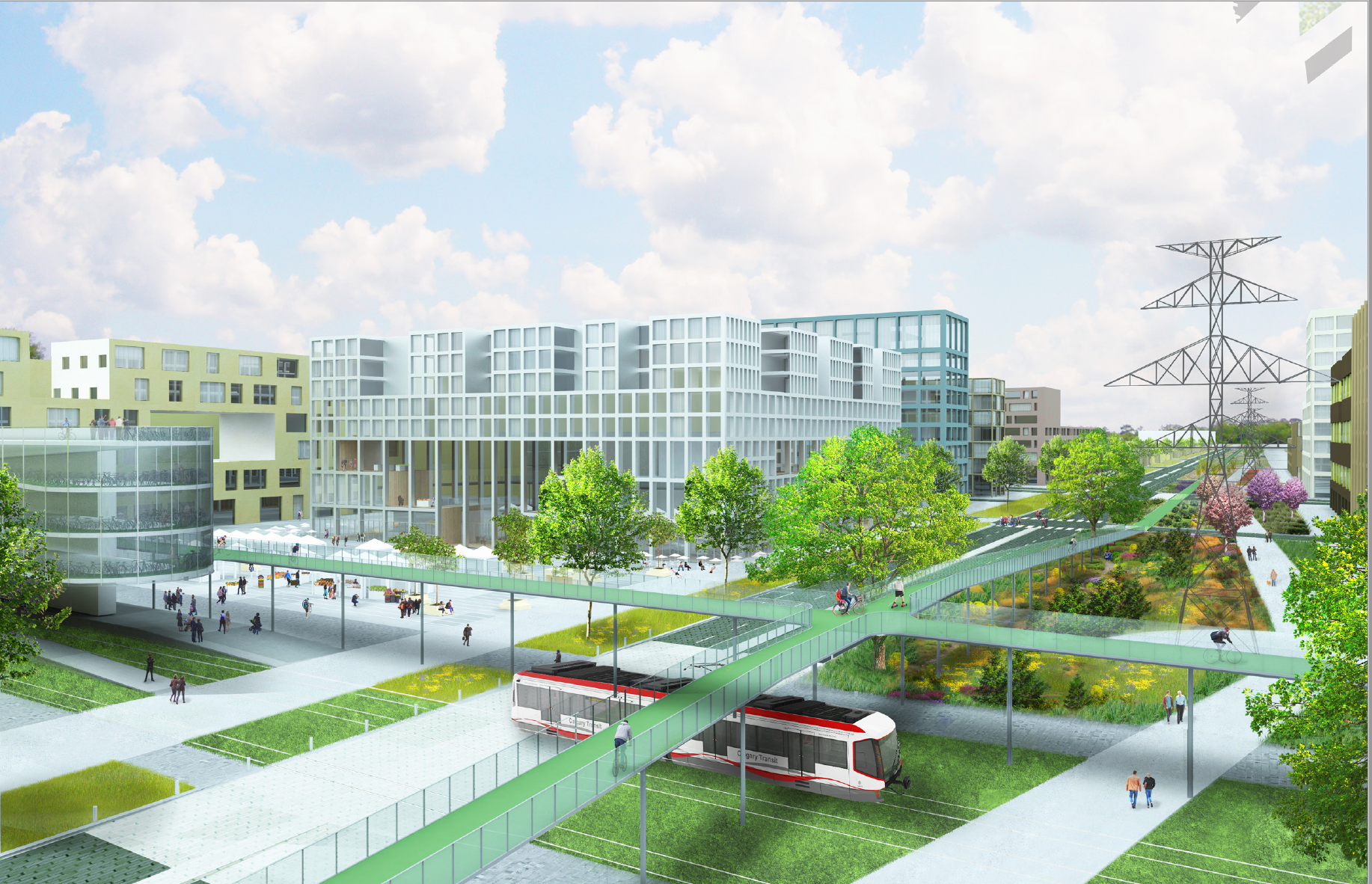
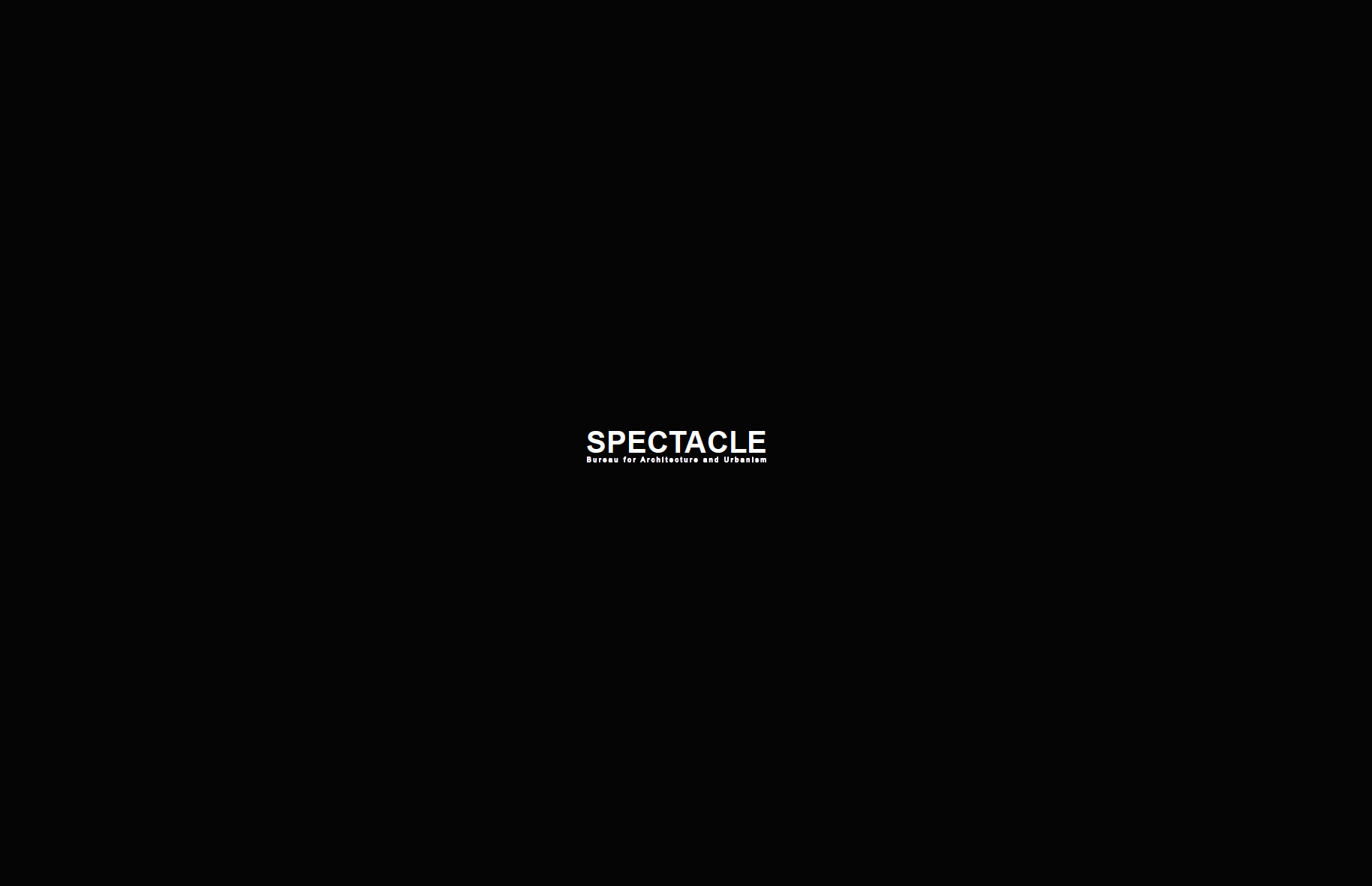
About Niew Manchester
Spectacle’s Manchester Innovation District - or Nieuw Manchester - is an ambitious, future-oriented, zero-waste, net-zero-energy, mixed-use district with a special focus on a circular economy. The 550 hectare neighborhood is a complete community that combines housing for 100 000 residents with facilities for 100 000 jobs, a cohesive infrastructure, public space, and green ecological system, as well as culture, leisure, retail, education, government, office, hospitality, and hospital / care facilities.
In order to re-shore jobs, and to position Calgary as a leader in sustainable development and technology, there is a focus on industrial activities (with a total of 40 000 industrial jobs - an increase from the current 25 000 industrial jobs in Manchester Industrial) that produce enough food to feed 1.25 million people, facilities for the design and fabrication of products as well as their ongoing repair and refurbishment, an energy creation system that includes decentralization and storage, carbon dioxide capture and reuse for vertical farming, a complete hydrology system that releases water cleaner than that which enters the district, and a materials cycle that reinterprets waste as input material.
The location of Nieuw Manchester is critical in Calgary’s development. Most of the growth is still happening on the perimeter, and inner-city neighbourhoods on all sides of the center will be slow to transform due to their low-density mono-programmatic residential characters. Manchester represents the only growth outlet for a mixed-use neighborhood including productivity adjacent to the center.
The urban design approach includes several layers. Attractors are the central hubs in the district, and provide to the sustainable circular city what public institutions and major infrastructure points provided to the pre-modern city - recognizable monuments at key points that spatially recognize our evolving priorities. A complex public space and infrastructure system connects to larger urban, regional, and international metabolisms, while providing continuous public space and active transportation systems at the local scale and ample space for flora and fauna. The urban fabric that fills the remainder of the district assumes a diversity of materials and forms, and responds to the forces of efficiency, the framing of public space, light and views, and internal program logic.





